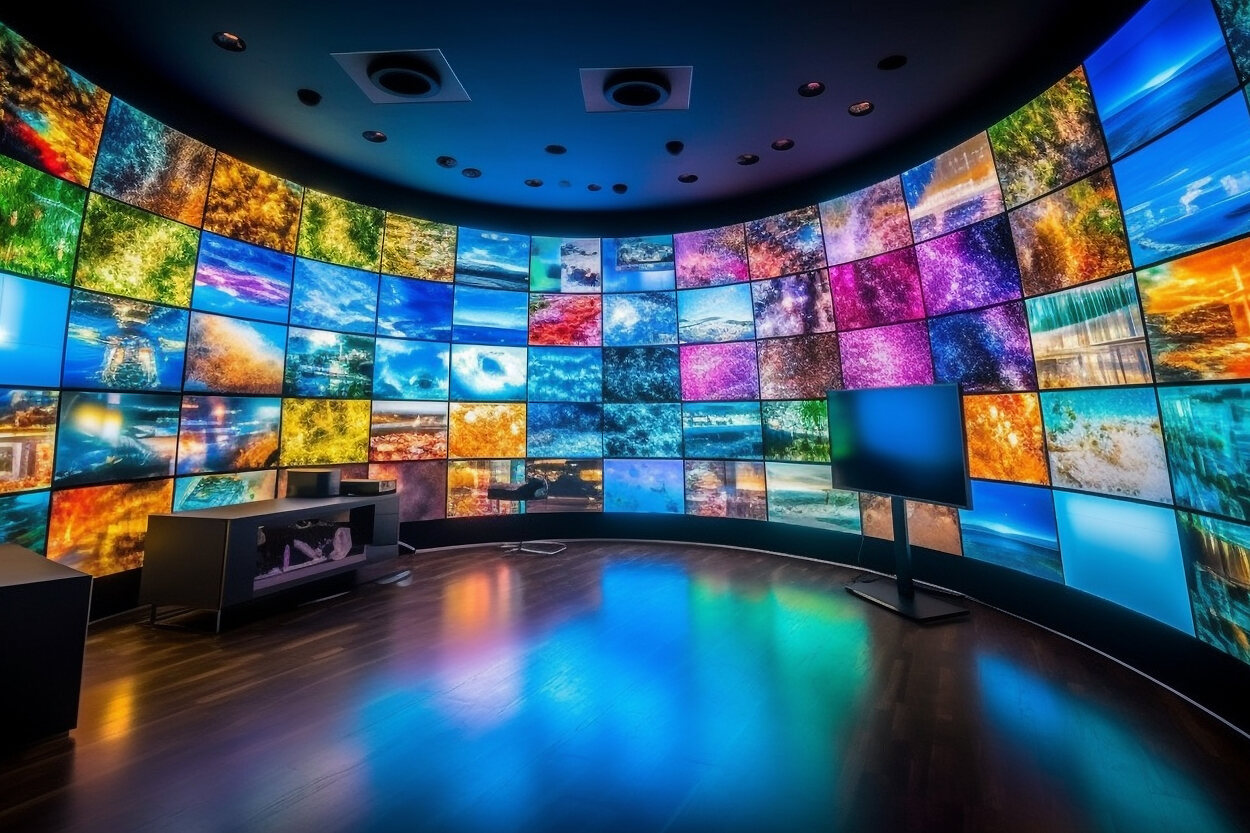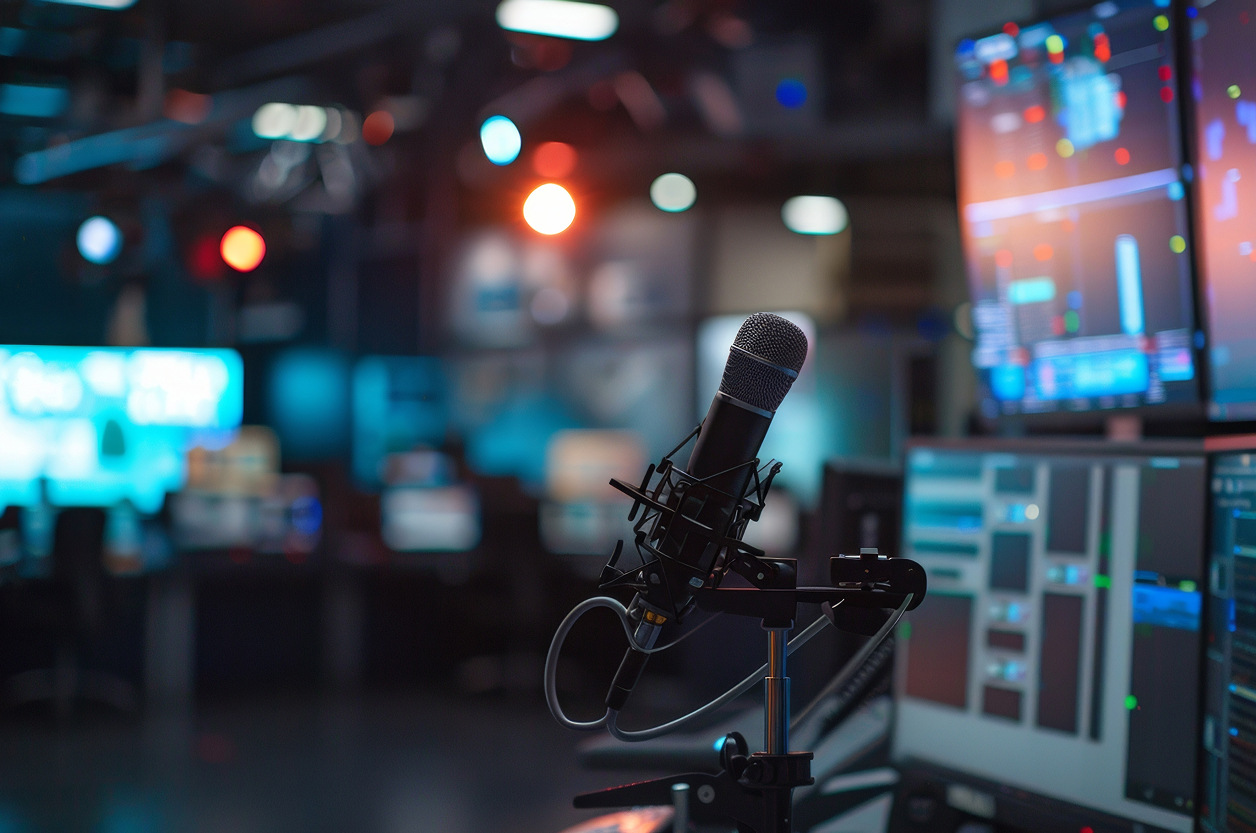Automated Quality Control in Live Streaming with AI Vision

Live streaming has become the default mode of media distribution in 2025. From sports and gaming tournaments to corporate events and breaking news, audiences expect flawless video delivery. But behind every live stream lies a complex chain of encoding, transcoding, packaging, and distribution steps, each of which can introduce errors. A glitch in a sports final, a lip-sync delay in a news broadcast, or a buffering event during a concert can instantly drive audiences away.
Traditionally, broadcast engineers relied on manual monitoring to ensure quality of experience. Operators sat in control rooms, watching feeds for errors, supported by tools that flagged bitrate drops or packet loss. Yet with the scale of modern streaming—hundreds of concurrent feeds across OTT platforms—manual oversight is no longer sufficient. This is where AI vision enters the picture, delivering automated quality control (QC) for live streaming.
AI systems are now capable of watching the video itself, not just the transport metrics. They detect artifacts, sync issues, resolution drops, or unexpected content changes in real time. More importantly, they act fast—triggering alerts or even automatic corrections before the audience notices.
Why AI vision matters for live streaming
Quality is everything in live streaming. Audiences often abandon a platform after a single bad experience. A study in 2024 showed that 84% of viewers leave a stream permanently if buffering persists for more than two minutes. For advertisers and rights holders, that means lost revenue and reputational damage.
AI vision transforms QC in three key ways:
- Scale: AI can monitor thousands of simultaneous streams 24/7 without fatigue.
- Precision: Unlike metric-only systems, AI vision analyzes the actual frames and audio, detecting issues invisible to network data.
- Speed: AI reacts in milliseconds, preventing cascading failures across CDNs or devices.
For global platforms like YouTube Live or Twitch, this shift is not optional—it’s critical to keep up with audience expectations.
How AI vision works in automated QC
AI-powered QC relies on computer vision models trained to recognize visual and audio anomalies.
- Artifact detection: Models flag blockiness, banding, frozen frames, or tearing caused by encoder or network faults.
- Lip-sync analysis: AI compares mouth movements with audio to detect delays beyond a few frames.
- Content recognition: Systems check that graphics, captions, and logos appear correctly, protecting brand integrity.
- Resolution monitoring: AI ensures streams maintain promised quality (e.g., 1080p or 4K) even under adaptive bitrate conditions.
- Scene analysis: Unexpected cuts, black frames, or looping signals trigger instant alarms.
Once detected, the AI system reports the issue to an operator or integrates with orchestration platforms to restart encoders, reroute traffic, or switch to backup feeds.
Real-world examples
- Sports streaming: A global OTT sports provider deployed AI QC during the 2024 football season. The system automatically flagged replays where overlays failed to render, saving minutes of manual troubleshooting and avoiding visible errors for millions of viewers.
- Concerts and live events: A music streaming platform integrated AI QC into its workflow, using lip-sync detection to prevent out-of-phase vocals during international broadcasts.
- Corporate events: During hybrid conferences, AI QC ensures that slides, speaker video, and captions align correctly—crucial for accessibility and compliance.
These use cases show how automated QC is not just about efficiency—it directly impacts audience trust.

Embedded and edge AI in QC workflows
As streaming grows, edge computing plays an increasing role. AI models can run directly on appliances in data centers or even at stadium venues, reducing latency in detection.
- FPGAs and NPUs accelerate computer vision pipelines, analyzing hundreds of frames per second with low power draw.
- Embedded systems on cameras and encoders perform pre-checks before content leaves the venue.
- Hybrid architectures allow real-time anomaly detection at the edge with centralized dashboards aggregating results.
By distributing intelligence closer to where video originates, providers minimize errors before they reach global CDNs.
Business opportunities and industry impact
For streaming platforms, AI QC delivers measurable ROI:
- Reduced churn: Higher reliability keeps viewers engaged longer.
- Operational efficiency: AI replaces manual monitoring, freeing engineers for higher-value tasks.
- Regulatory compliance: Automated detection ensures captions, accessibility features, and ad markers meet legal standards.
- New services: Vendors now offer “QC-as-a-service” to broadcasters and event organizers, monetizing AI pipelines.
In a crowded streaming market, delivering flawless quality is a competitive differentiator.
Challenges of automated AI QC
While promising, AI-based QC has hurdles to overcome:
- False positives/negatives: AI models must be carefully tuned to avoid overwhelming engineers with false alarms.
- Training data: High-quality annotated video datasets are required to train robust detection systems.
- Hardware variability: AI pipelines must adapt to diverse devices, from smartphones to smart TVs.
- Integration complexity: Embedding AI QC into legacy broadcast chains demands strong orchestration and API design.
The industry is addressing these challenges with more sophisticated model training, synthetic data generation, and adaptive monitoring systems.
The outlook for 2025 and beyond
By 2025, automated AI QC is moving from pilot projects into mainstream adoption. Tier-one broadcasters and OTT providers already integrate AI QC into mission-critical workflows. In the medium term, QC will extend beyond error detection to predictive maintenance—forecasting failures before they occur.
Longer term, automated QC could merge with personalized quality monitoring, where AI adapts delivery not just to devices but to viewer tolerance. For example, a user on a train with poor connectivity may accept slight blurriness, while another watching a 4K cinema stream demands perfection.
AI Overview: Automated QC in Live Streaming
Automated QC in Live Streaming — Overview (2025)
AI vision transforms quality control in live streaming by analyzing video and audio directly, detecting errors like artifacts, lip-sync mismatches, and resolution drops in real time. It enables broadcasters and OTT providers to maintain flawless viewer experiences at scale.
Key Applications:
Sports replays with reliable overlays, live concerts with accurate lip-sync, hybrid events ensuring synced slides and captions, and 24/7 monitoring across thousands of feeds.
Benefits:
Reduces churn by improving reliability, lowers operational costs by automating monitoring, ensures compliance with accessibility and ad regulations, and creates new service models for QC-as-a-service.
Challenges:
False positives, lack of large annotated datasets, adaptation to varied devices, and integration with legacy infrastructures.
Outlook:
- Short term: adoption by tier-one broadcasters and OTT leaders.
- Mid term: predictive maintenance, integrating AI QC with orchestration.
- Long term: personalized QC adapting to individual viewer environments and expectations.
Related Terms: automated quality control, AI vision, live video monitoring, broadcast quality assurance, predictive maintenance, OTT reliability, streaming optimization.
Our Case Studies
